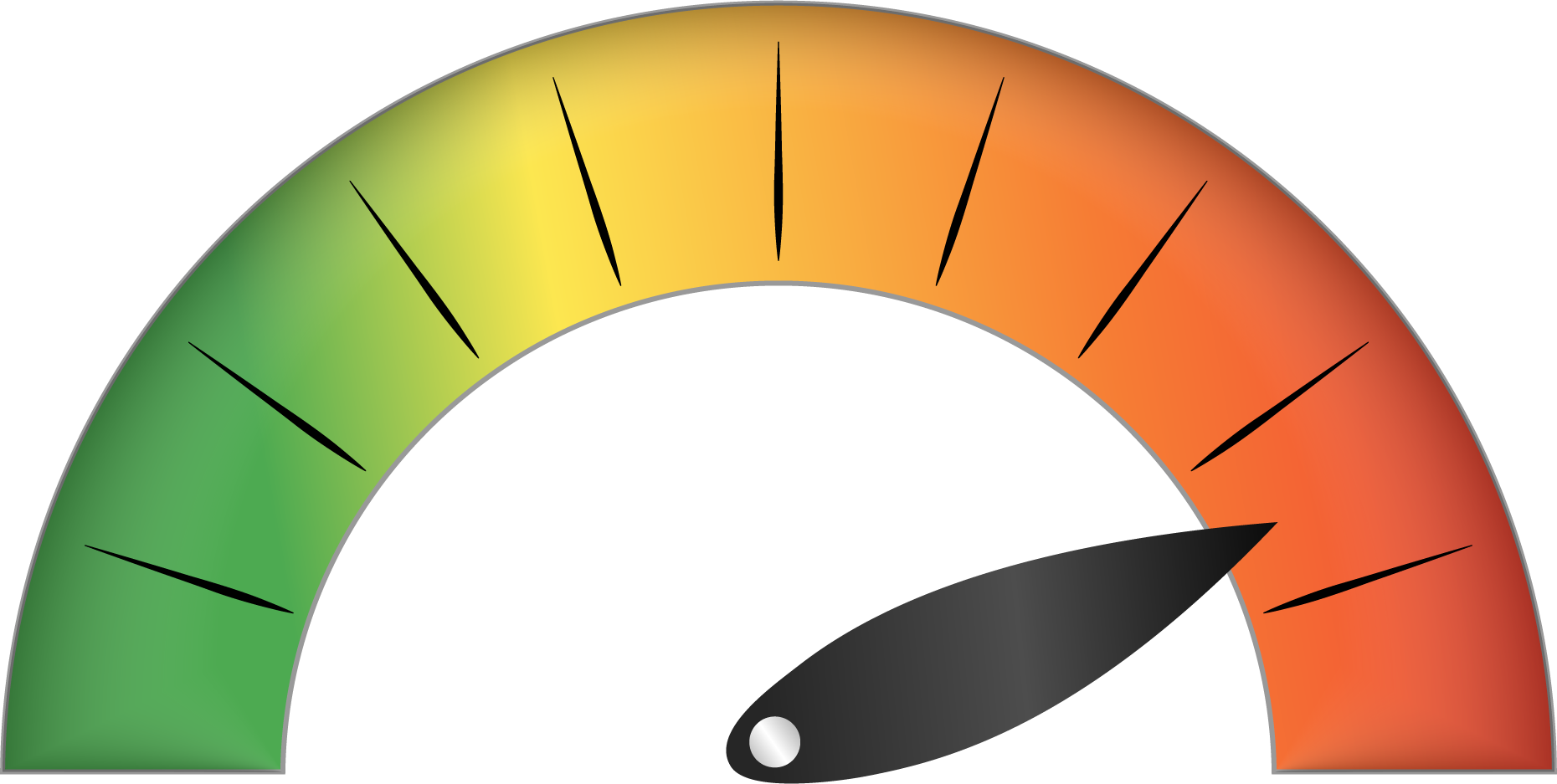Welcome To Your Enneagram Mood Check-In ✨

Your current state is:
unhealthy
Where Are You Right Now Enneagram 9?
Under stress, you may avoid conflict to the point of losing touch with your desires or becoming passive. This reflects a move toward Type 6 energy, where worry or indecision can dominate. Use this as a cue to clarify your needs, set small goals, and reengage with the present.
How This Shows Up: Signs You’re Here
You might find yourself avoiding conflict at all costs, losing touch with your own desires in the process. Numbing out or procrastinating can lead to a sense of inertia or stagnation. You may feel disconnected as if life is passing by without your full participation.
I become neglectful, unavailable, shut down
How This Feels: Emotional Indicators
You might feel numb or disconnected, avoiding conflict or difficult emotions. For example, you might ignore a pressing issue at work or in your personal life, hoping it will resolve itself. There’s a sense of being stuck or disengaged, as though life is happening around you rather than with you.
WHAT’S FUELING THIS:
Common Triggers or Mindsets
-
You avoid conflict, believing your needs don’t matter.
-
You’re triggered by overwhelming demands or criticism.
-
You retreat into numbing behaviors, feeling stuck or disengaged.
FINDING YOUR BALANCE
-
Set a timer for 5 minutes and take one small action—it can be as simple as sending an email.
-
Write down one thing you care about and think of one way to act on it.
-
Talk to someone you trust about what’s on your mind—it’s okay to ask for support.

Remember: This Is Temporary
This sense of disconnection or avoidance isn’t forever. Take one small step today—whether it’s speaking up or completing a simple task—and you’ll start to feel more grounded. Use the advice above to reconnect with your energy and purpose. Every moment is a chance to begin again.

Celebrate Your Growth:
When you’re feeling stuck or disconnected, reaching out to someone supportive can help you re-engage. A trusted friend, family member, or coach can remind you of your value and encourage you to take small, meaningful steps forward. Connection is a powerful tool for breaking out of inertia. This state won’t last forever, and letting others support you is a sign of strength and care for yourself.
New to the Enneagram Levels of Development? Start Here!
LEVELS OF DEVELOPMENT
Each type is divided into 9 levels of Psychological Health, 1= highest & 9=lowest. These are grouped into Healthy, Average & Unhealthy. At each level, we employ different strategies to reinforce our identity
Core Traits of Enneagram 9 at each Level
HEALTHY
1
Serene, self-aware, empowered, harmonizing, grounded.
2
Supportive, kind, peaceful, easygoing, empathetic.
3
Agreeable, patient, accommodating, collaborative, comforting.
AVERAGE
4
Passive, stubborn, avoidant, complacent, conflict-averse.
5
Resigned, disengaged, indifferent, numbing, procrastinating.
6
Apathetic, escapist, checked-out, lethargic, dismissive.
UNHEALTHY
7
Neglectful, resigned, withdrawn, detached, self-denying.
8
Dissociated, lost, inert, immobilized, depressive.
9
Catatonic, hopeless, empty, emotionally paralyzed, unresponsive.
Enneagram Levels of Development: Healthy, Average, and Unhealthy
HEALTHY RANGE:
In the healthy range, you’re not overly tied to your self-image or identity. You feel free to explore and express yourself in authentic and dynamic ways. By letting go of rigid definitions of who you are, you naturally align with your values and act in ways that reflect your true self, effortlessly reinforcing your sense of purpose and wholeness.
-
Level 1 – Liberation (Ego transcended-balance and freedom)
-
Level 2 – Psychological Capacity (Ego is identified as an ideal-self)
-
Level 3 – Social Value (Ego operating in a constructive way)
AVERAGE RANGE:
In this range, some imbalance starts to show, and your focus narrows. You may become more preoccupied with your identity and how others perceive you. To maintain this image, you might rely on social roles, subtle manipulation, or trying to control situations, all in an effort to reinforce your sense of self.
-
Level 4 – Imbalance (Ego-role assumed, defences increased)
-
Level 5 – Interpersonal Control (Manipulative & Defended)
-
Level 6 – Overcompensation (Ego inflation, conflicts with others)
UNHEALTHY RANGE:
In the unhealthy range, your focus on your identity becomes so intense that it distorts your perception of reality. You may see yourself in a way that feels completely disconnected from how others experience you, creating a sense of isolation or misunderstanding.
-
Level 7 – Violation (Survival tactic, neurotic)
-
Level 8 – Delusion and Compulsion (Major personality disorder)
-
Level 9 – Pathological Destructiveness (Psychosis, breakdown).
UNHEALTHY RANGE
AND ITS LEVELS
7. Level of Violation: DENYING DOORMAT
At the Level of Violation, Enneagram 9s become passive to the point of self-destruction, clinging to the illusion that everything is fine while neglecting both themselves and others. Emotionally disconnected and deeply repressed, they feel powerless to face problems, becoming obstinate and withdrawn. Their excessive accommodation leads to exploitation, as they ignore responsibilities, resist change, and sink into a numbing cycle of avoidance, depression, and quiet self-abandonment.
8. Level of Delusion & Compulsion: DISSOCIATING AUTOMATON
At the Level of Delusion & Compulsion, Enneagram 9s completely disconnect from reality, fearing that what has happened cannot be undone. Desperate to feel safe, they dissociate to the point of numbness, unable to function. Lost in denial, they become irrational, helpless, and emotionally desolate. Overwhelmed by life, they retreat into a fog of confusion, shutting out everything—detached, depersonalized, and utterly unreachable.
9. Level of Pathological Destructiveness: SELF-ABANDONING GHOST
At the Level of Pathological Destructiveness, Enneagram 9s completely shut down, abandoning themselves and reality to preserve their fading illusions. Lost and disconnected, they retreat into a hollow existence, regressing into deep fragmentation. Vacant and inert, they become a shattered shell of who they once were, incapable of action or connection. In their final withdrawal, they disappear entirely—fading into nothingness, both physically and emotionally.